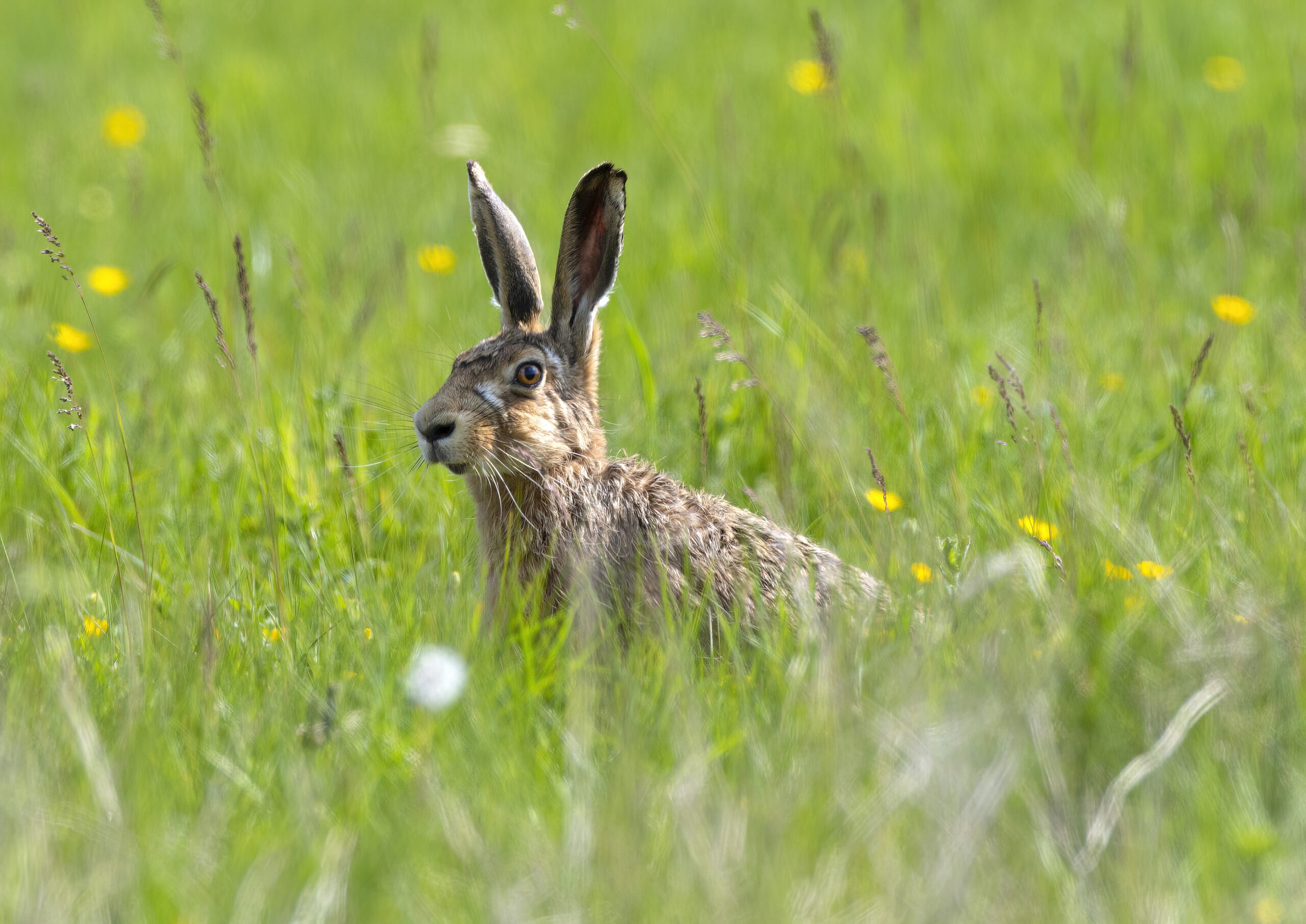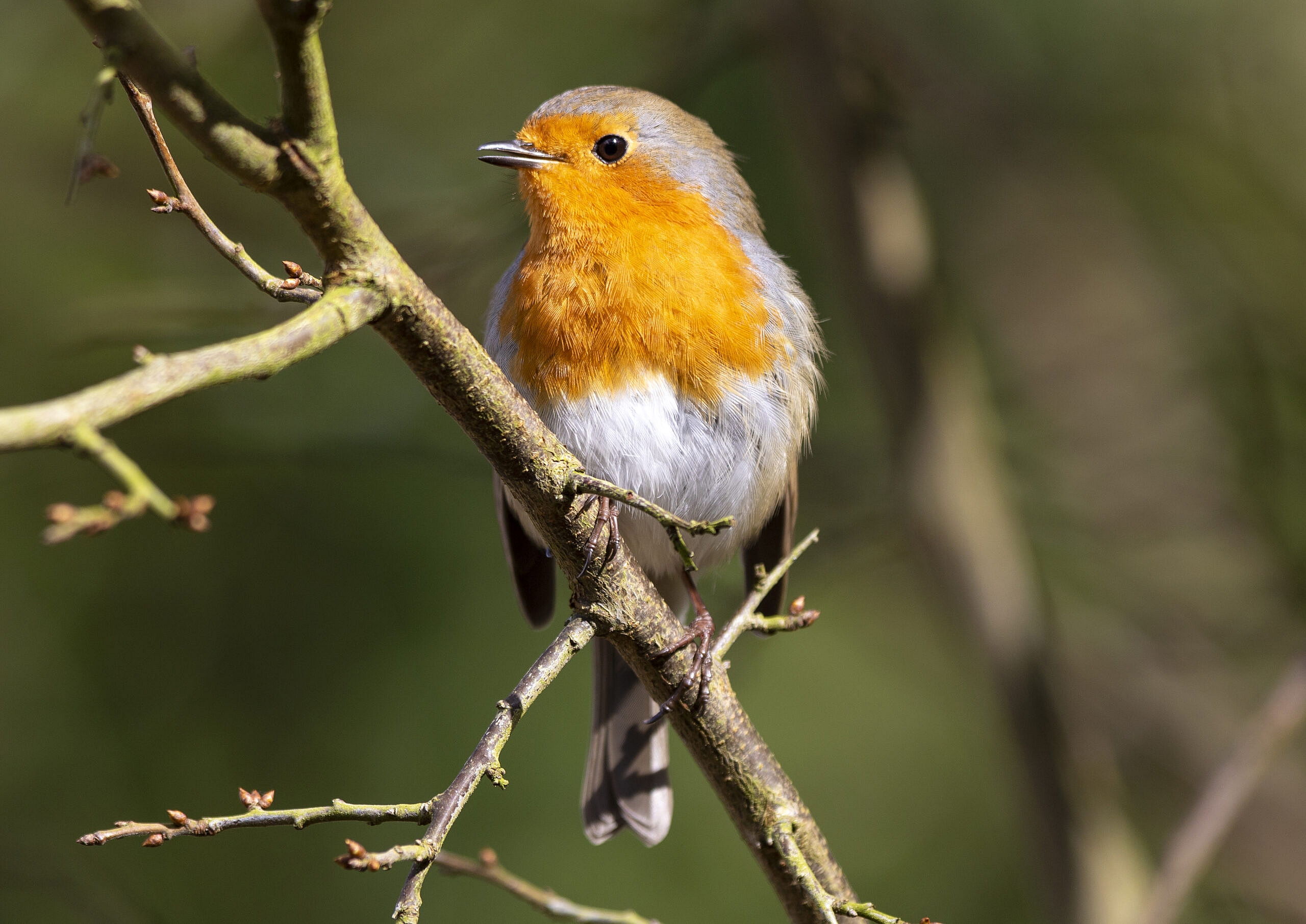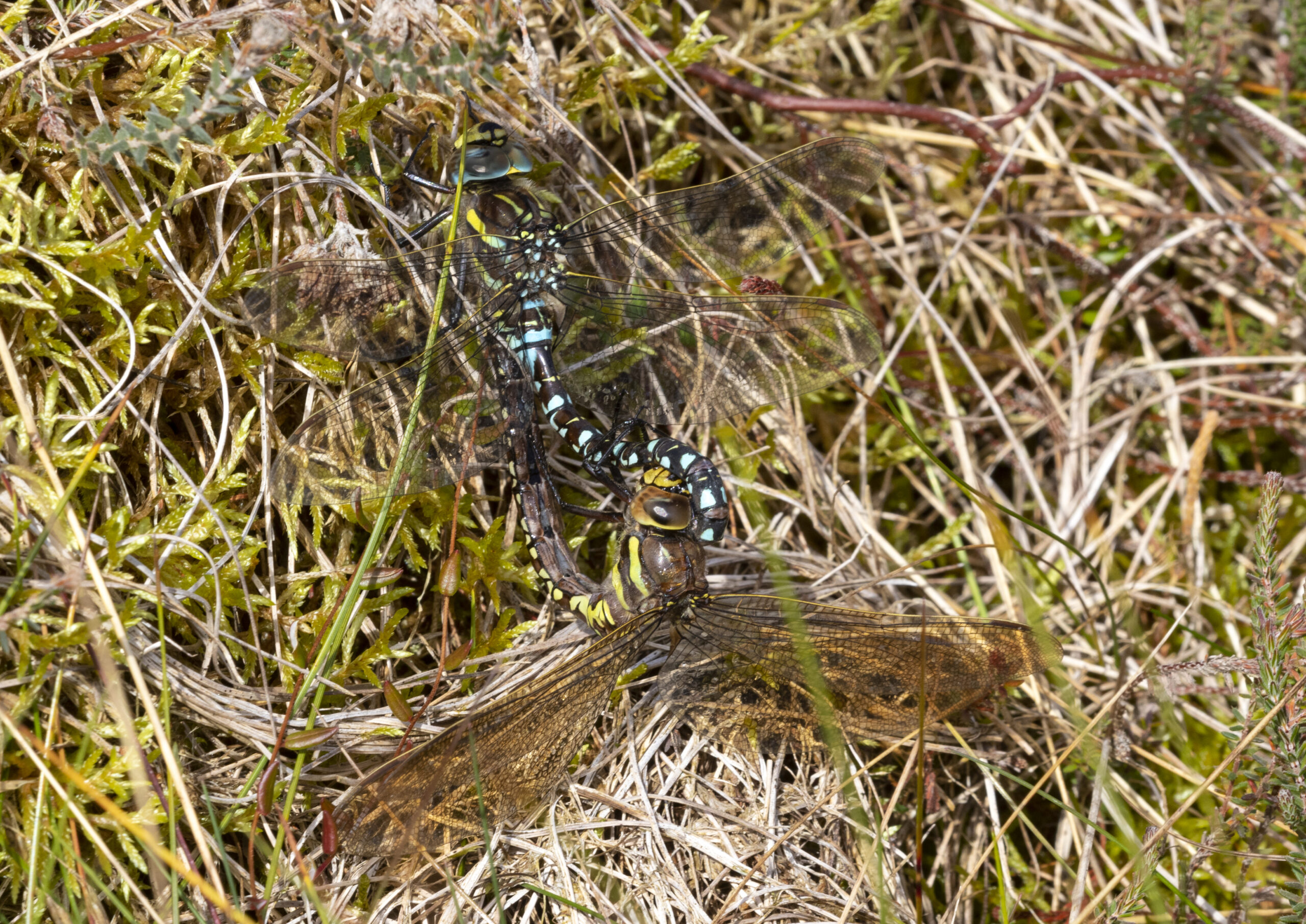I always thought that wildlife photography would be about what I could see. But quite often, the biggest clue to some well hidden wildlife is sound. Rustling is always something I’m interested in (the sound, that is, not pinching cattle).
Today I was too tired for a long expedition so I went to my local park. There’s a section of derelict canal that’s always good for something. I went expecting butterflies (in fact, I didn’t see any) or birds. There’s little water in this canal, it’s more of soggy ditch filled from side to side with deep mud and reeds.
About halfway along the canal I heard a rustle, so I stopped. Standing still is not something I find easy, but in this case I happened to have two feet flat on the ground rather than being in mid-step like I usually am when I hear something. There it was again: a definitive rustle in the reeds.
Slowly, carefully, I set the tripod I was carrying down and eased my camera strap over that annoying patch on the shoulder of my camouflage jacket where it always gets stuck. I did a silent contortionist act, trying to shrug the strap off my shoulder without making any koise at all. The rustle came again, and this time it was a loud rustle.
Now the kind of rustle matters. Little rustles are often blackbirds foraging through leaf litter or wrens hopping through undergrowth. They can be voles or shrews working their way through tunnels in the grass or up bushes. They can be small birds like red warblers pushing through reeds. Bigger rustles can be badgers, foxes, rabbits or hares or stray dogs. Bit thus was a BIG rustle. It was no bird. We were into mammals of some kind.
And then, as I watched, the bulrushes started to shake violently, whippoing back and forwards. This was accompanied by a crunching sound. Something was eating the reeds, and whatever it was , it was a big animal. There was only one candidate: it had to be a deer, and it was less than six feet away from me.
But the problem is: I’m on the bank of the canal and the deer is on the bottom. Despite it being so close, all I can see are the tops of the reeds. As I watch, a new set of reeds start to shake violently. My deer has moved forwards.
Inch by silent inch, I move forwards along the top of the canal bank. It’s buried in long grass and moving quietly is very difficult. I finally manage to set my camera up and wait without falling down the bank
For the next half hour, I wait, hoping for a glimpse of the deer as it grazes the reeds. I manage to follow it by moving slowly whenever the wind blows (it’s an old hunting trick: as long as you are moving in the direction of the wind, then wildlife expects to see movement and is distracted by it – and in fact, you can often give yourself away if you are tracking wildlife and you don’t move with the breeze). But no matter how much I move, I can’t see the deer. By the time I leave, an hour later, I’ve been just feet from a mammal I’d love to photograph, but I haven’t even seen it. Sometimes, the other team wins




Social Profiles